
Goodstart Early Learning now in Rostrevor!
Goodstart Early Learning have recently opened a new centre on Moules Road at Rostrevor!

Goodstart Early Learning have recently opened a new centre on Moules Road at Rostrevor!

If you’re a parent looking into private schooling options, you might be wondering about the value of a single gender education environment. We’ve worked with the team at Blackfriars to look at the way, as a school for boys, they focus on learning that addresses not only how to excel in academics, but also how our boys can grow into young men of character – with integrity and empathy.

Raising Girls Who Like Themselves details the seven qualities that enable girls to thrive and arm themselves against a world that tells them they are flawed. Packed with practical, evidence-based advice, it is the indispensable guide to raising a girl who is happy and confident in herself. We chatted authors, Kasey and Chris, on KIDDO chats about these qualities and how we can work to instil them in our own daughters, so they too will grow up liking themselves. You can listen to the full episode on your podcast app (this is a must-listen for parents of girls!), but we’ve rounded up just a small excerpt of their invaluable insights to get you started!

The the nine-year-old winner of St Andrew’s School’s Stewart Family STEM Scholarship for 2021, Bonnie Cabot, is determined to use it as a stepping-stone towards making the world a better place.
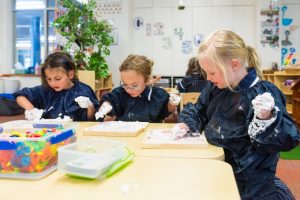
St Mary’s College Adelaide is leading the way with their play-based, inquiry learning approach, starting with the building blocks, quite literally, for the absolute youngest in the St Mary’s community.

RESETTING THE BODY CLOCKS OF YOUR KIDDOS: If the summer holidays has resulted in a slip towards later bedtimes and morning sleep ins, now is the time to start adjusting in preparation for school next week!
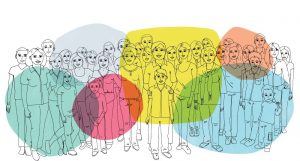
Tutor Doctor is a one-to-one, in home and online tutoring company that works with students of all age groups, across all subject matter. Find out more about how Tutor Doctor can uncover your child’s unique way of learning.
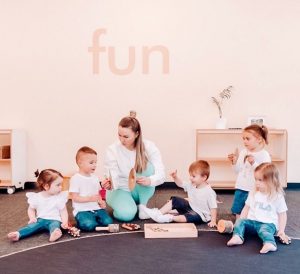
Launching in Precious Cargo Centres across Adelaide in 2021, Shining Soles is a brand new mobile music, movement and mindfulness program for children aged 2-5 years, designed to integrate music and movement with early literacy and learning!

We hear a lot about STEM. It’s an area that, every year, educators are increasingly focused on when looking for more effective and meaningful ways to connect with and engage students. But what does STEM mean exactly? And what does it look like in a Primary School environment? We chat with Deborah Hansen, the Numeracy and STEM Coach at St Raphael’s School about what STEM means, why it’s important for our kids, and some common approaches for STEM education in the classroom.

Now more than ever the spotlight is on resilience in our children. Madhavi Nawana Parker from Positive Minds Australia takes us through what resilience actually is (and what it ISN’T), what to know before you teach it, and 5 ways to help build resilience in our kids.

To help you through the busy Christmas period full of social events, family celebrations and late nights, Brook Michell from Sensible Sleep has put together a short list of sleep tips so the whole family can enjoy their summer break without sleep suffering too much in the process!

Navigating Schoolies with kids determined to celebrate, have a great time, stay safe and manage alcohol, sex and drugs are hard enough. The additional complexities of the online world must be included in our safety message. With that in mind, here are some tips from Jacqueline Jayne, Security Awareness Advocate APAC at KnowBe4, for the kids staying safe online during Schoolies.
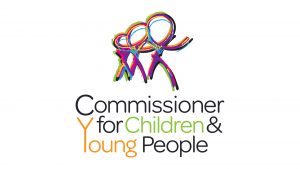
Helen Connolly, Commissioner for Children & Young People, shares insight into why we need to believe our children when they tell us all is not right in their world.
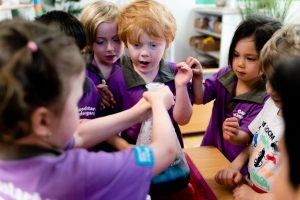
Is your child starting Kindergarten in 2021? Enrolments are open now for the 2021 Goodstart Kindergarten Program, and we have all the info on what to expect if you enrol your kiddo at Goodstart. Did somebody say no packing lunch boxes??

Starting solids is an exciting but confusing milestone for you and your bub! There are so many questions about starting solids, how and when to do it, what foods to offer… Tiny Hearts Education have put together the top 10 tips to make the transition go as smoothly as possible!